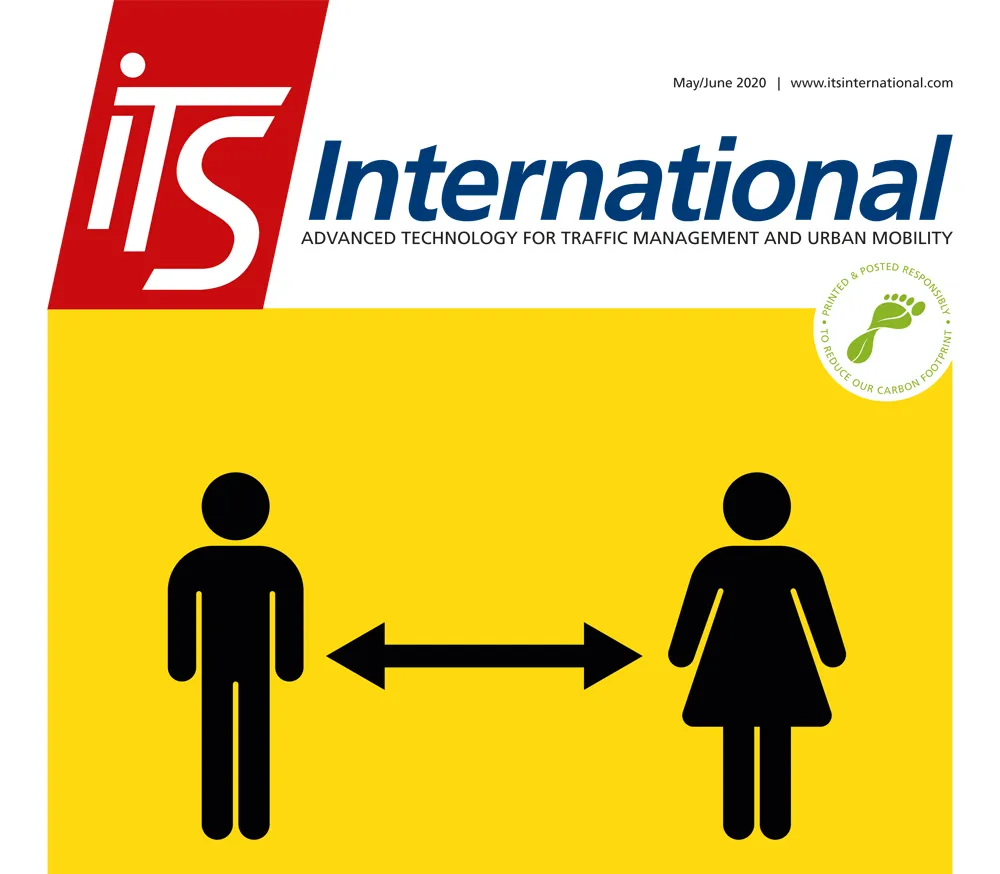The 20th ITS World Congress will be held in Tokyo from 14-18 October, 2013. Dr Hiroyuki Watanabe, Chairman, Japan Organising Committee reveals some of the highlights that delegates can look forward to.
October 24, 2012
Read time: 4 mins

The 20th ITS World Congress will be held in Tokyo from 14-18 October, 2013. Dr Hiroyuki Watanabe, Chairman, Japan Organising Committee reveals some of the highlights that delegates can look forward to.
A Next year’s Tokyo Congress marks the 20th anniversary of the ITS World Congress as a forum for building stronger international ties. During this time, international links have grown steadily and various new technologies have emerged. It will be three years since the congress was last held in Asia, and I am confi dent this event will provide participants with a compact outline of transportation, and ITS initiatives in this growing market, as well as plenty of opportunities for discussion.
Visiting Tokyo will provide a clear picture of cutting-edge ITS efforts in Japan and its capital, the latest global initiatives, and projects in growing markets, not to mention the chance to experience some of these at fi rst-hand, and we will push ahead with our preparations over the next year.
Q The theme chosen for the Congress is “Open ITS to the Next”. Can you encapsulate what that means.
A ITS is expanding into a new stage that will shape mobility for the next generation. In addition to offering solutions to conventional issues including traffi c accidents and congestion, ITS is reaching out to three new domains: energy management relating to electric vehicles and other new technologies; creation of new business opportunities in networked societies, and resilient transport systems that take lessons from the Great East Japan earthquake. Our congress theme incorporates the concept of expanding the potential of ITS so that everyone can take advantage of open platforms to participate and do business.
Q What will be some of the highlights of the event.
A Since the Congress is taking place in the Asian mega-city of Tokyo, it will focus on the following three points: Effi cient movement of people and goods in mega-cities; building resilient transport systems; and further efforts to improve transport safety and resolve congestion.
Particular emphasis will be placed on the two main aspects using probe data for disaster response and urban planning, and automated driving.
Adding probe data to information from transport infrastructure will enable a wider range of people to enjoy the benefi ts of ITS by extending coverage to city streets and regional roads as well as expressways and highways. Probe data can be used not only to improve safety, but also to alleviate congestion and revitalise urban areas
Moreover, it can assist with evacuation and emergency activities in the event of disaster. Such initiatives will be outlined at the Congress.
In terms of automated driving, in the aim of reducing traffi c accidents and congestion, millimeter-wave radar and vehicle-tovehicle communications are being used to prepare for practical implementation of driver support systems that make driving less tiring and more comfortable. In addition to reducing tragic accidents and chronic congestion on expressways and making driving more pleasant, such systems will help elderly people to stay active. The ultimate goal is to achieve fully automated driving.
I believe that the Tokyo congress will enable us to discuss the advent of a new participatory style of society where individual citizens can pursue better quality of life while contributing to society through their actions.
Q Any message for readers.
A We plan to use the central atrium in the exhibition hall for a special 20th anniversary display of panels and moving images on the past, present and future of ITS and links with Asia. As well as past congresses, this display will outline actual examples of automated driving technologies, vehicle infrastructure cooperative systems, disaster information systems, and more.
The Japan Organising Committee has started examining ways to tie in with two other big events taking place in Tokyo around the same time next year: CEATEC, Japan’s largest IT and electronics trade show; and the Tokyo Motor Show. We are trying to arrange for the atrium display footage and the showcase demonstrations to be used at the Tokyo Motor Show as well. We invite all interested parties to take part in this initiative. Whether you simply wish to provide video footage or want to bring technology and equipment to Japan to set up a showcase demonstration, we eagerly look forward to your participation.
%$Linker:










